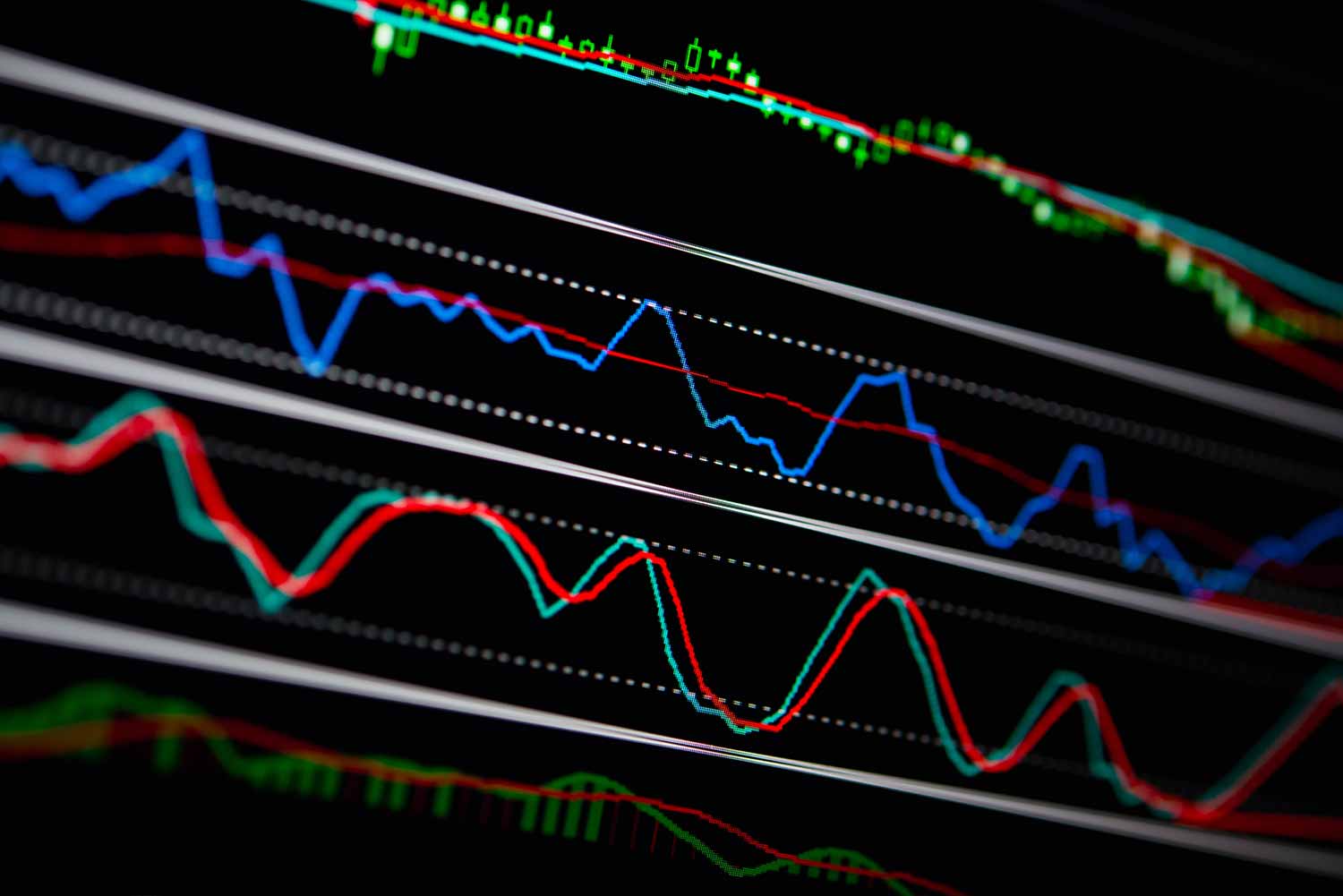In analyzing the AUD/USD chart, we are confronted with a multitude of factors that shape the market sentiment and influence the future direction of the currency pair. Let us delve into the complexities and provide an astute analysis that encompasses both macro themes and technical indicators.
The AUD/USD has experienced pressure recently, as it closed 0.6% lower on Thursday. Several negative factors have contributed to this downward trajectory. Firstly, higher U.S. yields, driven by rising expectations of a June rate hike by the Federal Reserve, have weighed on the pair. The surge of 19 basis points in the U.S. 2-year yield to a 2-month high reflects the market’s confidence in robust U.S. economic data. As the yield differential between the U.S. and Australia widens, it exerts downward pressure on the AUD/USD.
Optimism surrounding a potential U.S. debt ceiling deal further adds to the downward pressure on the Australian dollar. This sentiment is accompanied by the weakness in the Chinese yuan, which has implications for Australia’s trade relationship with China. The sliding commodity prices, particularly iron ore and copper hitting multi-month lows, also undermine the AUD’s strength, given Australia’s reliance on commodity exports.
Examining the 15-minute chart, two critical questions arise. Firstly, the market has shown signs of picking up from an oversold condition and is approaching resistance at 0.65322. This prompts us to ponder whether the trend is beginning to shift towards a bullish sentiment. Secondly, the key tests lie at the 200-day moving average (MA) at the 0.65320 level and the critical level of the 38.2% Fibonacci Retracement Level at 0.65549. The pullback from recent lows suggests a bullish sentiment in the short term. However, it is important to consider the long-term bearish trend indicated by the 200-day MA.
While the short-term trend factors on the upside, we must cautiously evaluate the potential range in the context of the short-term move. The market has repeatedly tested the 0.66611 level, indicating that surpassing this psychological barrier will be a challenging proposition. To achieve a breakthrough, the market must successfully test the 50% Fibonacci retracement level at 0.65752. If this test occurs, we may witness an upward movement. However, it is crucial to assess whether the momentum indicator aligns with the upside movement and how long this momentum can be sustained to confirm a definitive upward bias.
In forecasting the future, it is prudent to consider the overarching macro themes and prevailing market dynamics. The AUD/USD will likely continue to be influenced by developments in U.S. yields, expectations of Fed actions, progress on the U.S. debt ceiling, Chinese economic trends, and commodity prices. Given the complex interplay of these factors, it is challenging to make definitive predictions. However, a prudent approach would be to monitor the resistance levels mentioned earlier and observe the sustainability of any upward momentum. Maintaining a cautious outlook and closely analyzing key indicators will be essential in navigating the future path of the AUD/USD currency pair.
